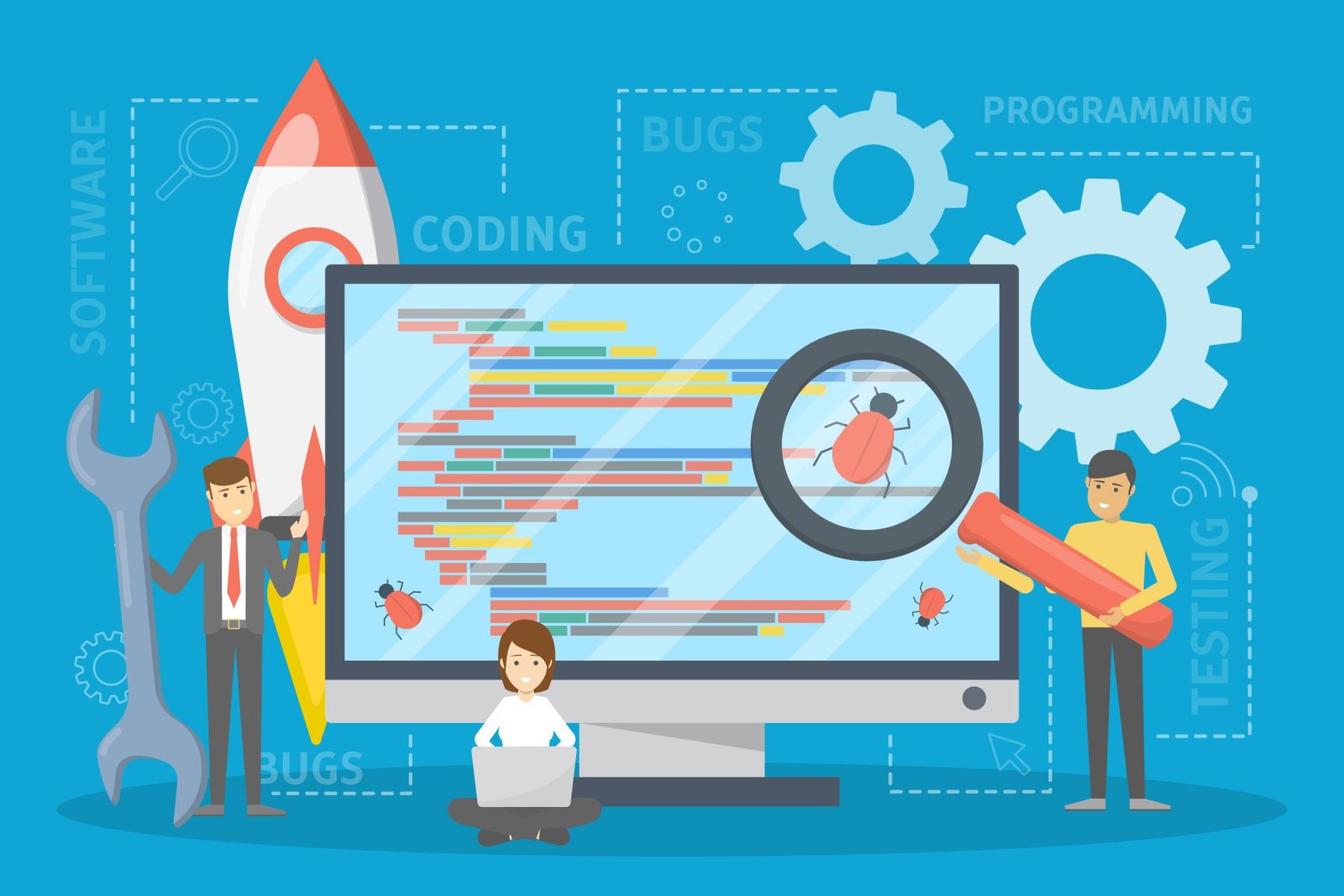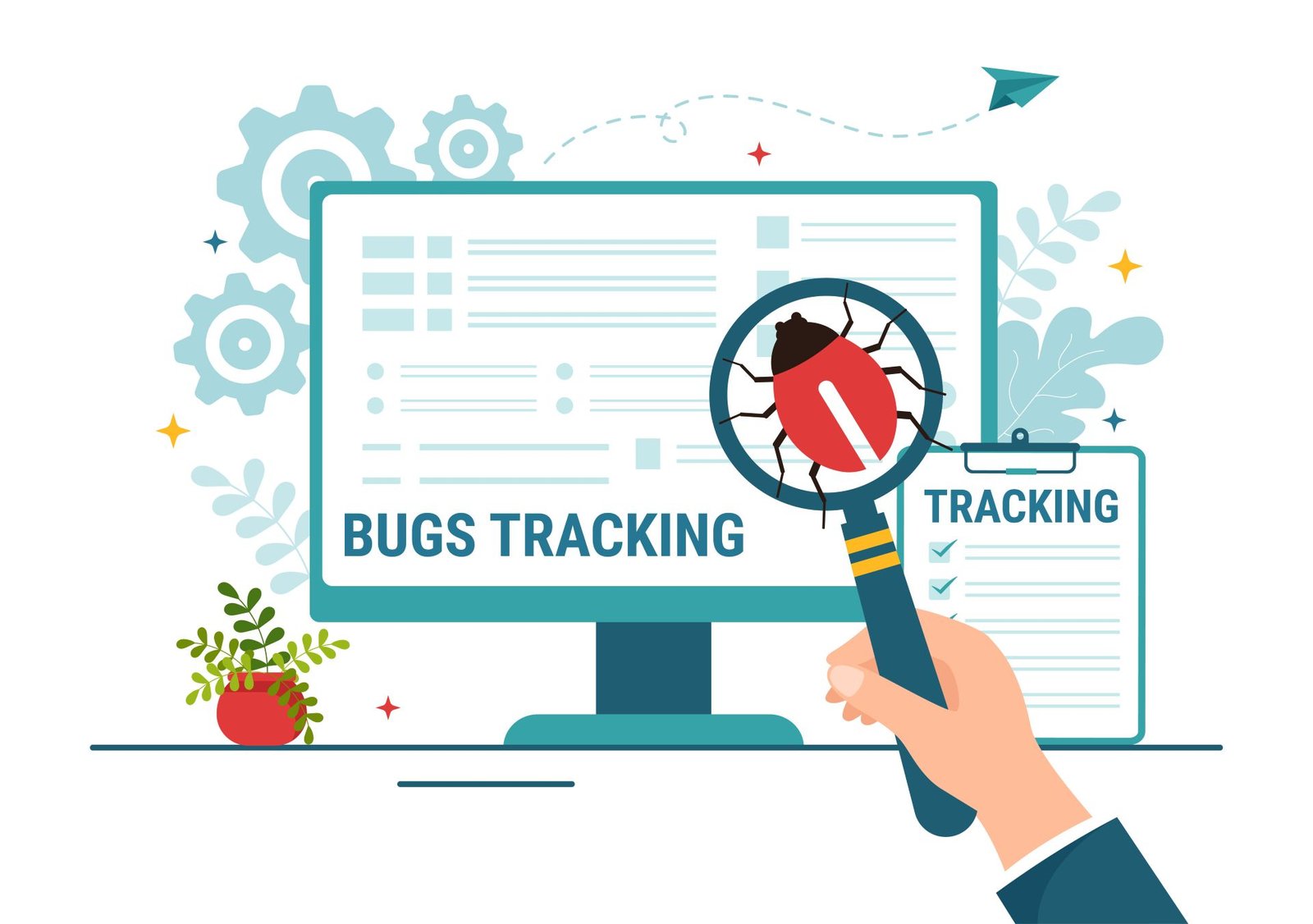Category: Quality Assurance
Quality Assurance:
Quality Assurance (QA) is a critical phase in the software development lifecycle that ensures applications meet required standards before reaching users. QA focuses on preventing bugs, verifying functionality, and maintaining the overall integrity and performance of a product through various testing methods.
From manual testing to automated test suites, QA professionals validate every aspect of a system — UI, APIs, security, and performance — using tools like Selenium, JUnit, Postman, and Cypress. By integrating QA early into the development process (shift-left testing), teams reduce costly defects and deliver software that’s reliable, secure, and user-friendly.
“Quality assurance isn’t just about finding bugs — it’s about building confidence in every release.”
This category covers the techniques, tools, and frameworks used in modern QA workflows. Whether you’re a beginner learning testing fundamentals or an experienced tester working on continuous testing pipelines, this space will help you master the art and science of quality assurance.
Exploratory Testing: The Secret Weapon for High-Quality Software
In the world of software testing, structured test cases and predefined scripts dominate traditional testing methods. However, exploratory testing offers a dynamic, flexible approach where [Read More…]
What is Sanity Testing? Differences from Smoke Testing
Imagine you’re developing a complex software application. Your team just implemented a crucial bug fix that was affecting a key feature. Now, you need to [Read More…]
Why Smoke Testing is Crucial for Software Development
Imagine you’re building a house. Before you start painting the walls or installing furniture, you need to check if the foundation and structure are stable. [Read More…]
Shift Left Testing: The Secret Hack to Catch Bugs Before They Ruin Your Code
Imagine a team of builders constructing a skyscraper. If they only check for structural integrity after the building is complete, they might discover major issues [Read More…]
Severity vs Priority in Bug Tracking: Which One Matters More?
In the world of software development, identifying and resolving bugs efficiently is essential to maintaining high-quality products. Two critical aspects of bug tracking are severity [Read More…]
What is Bug Life Cycle in Software Testing? Explained with Examples
In software testing, identifying and managing bugs efficiently is crucial to delivering a high-quality product. The Bug Life Cycle refers to the process a defect [Read More…]
What is Test-Driven Development (TDD)? How It Works
John, a software developer, was frustrated. Every time he made a small change to his code, something else broke. Debugging took hours, and last-minute fixes [Read More…]
What is the Software Testing Life Cycle (STLC)? 6 Key Stages & Importance
Imagine you are launching a new mobile app that helps users track their daily water intake. Your development team has worked tirelessly to create an [Read More…]
Can AI Agents Build Other AI Agents? The Path to Recursive AI Development
Imagine a world where robots build better robots or an intelligent machine designs its smarter successor. It may sound like something out of a science [Read More…]
AI Agents vs Traditional Automation: What’s the Difference?
In today’s fast-paced world, automation is a cornerstone of efficiency. But not all automation is created equal. Traditional automation, once the gold standard, is now [Read More…]










